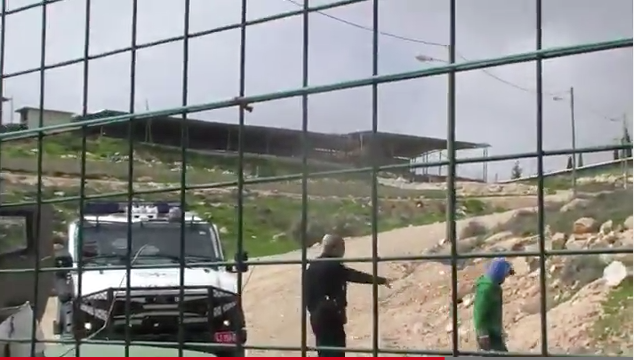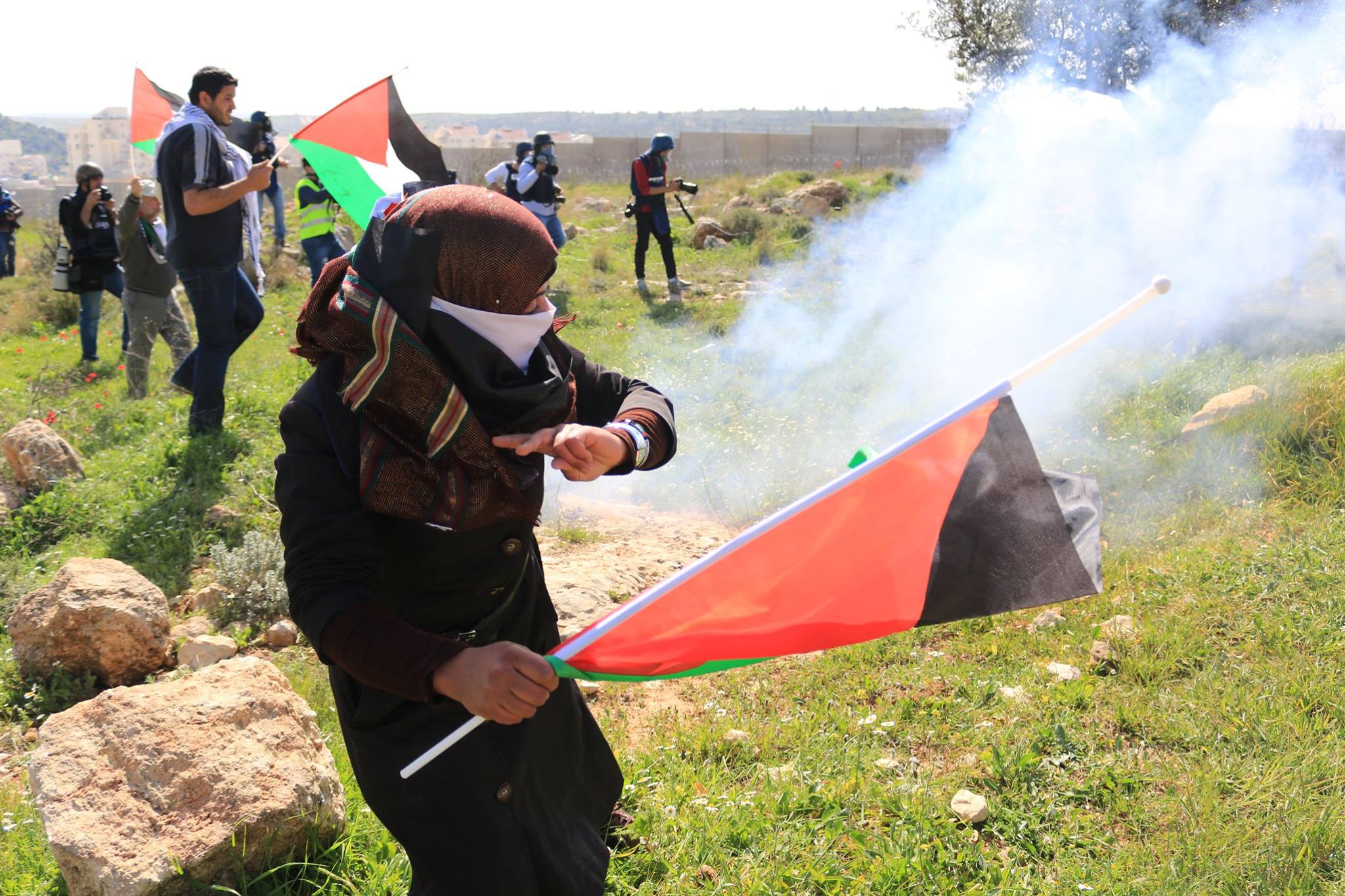-
VIDEO: Israeli forces invade ISM apartment as part of a campaign of continual harassment against activists in Hebron
5th March 2015 | International Solidarity Movement, Khalil Team | Hebron, Occupied Palestine To date, ISM volunteers in Al-Khalil (Hebron) have faced two attempted night raids, two invasions, and continual daily harassment from Israeli occupation forces. Other organizations in Hebron, including Youth Against Settlements and Christian Peacemaker Teams, have also faced harassment including raids, detentions, and arrests. On […]
-
Israeli forces arrest two shepherds in the South Hebron Hills
5th March 2015 | Operation Dove | South Hebron Hills, Occupied Palestine On the morning of February 28, Israeli police arrested two Palestinian shepherds as they grazed their flock in the valley of Umm Zeitouna near the Israeli settlement of Ma’on. In late morning the security chief of Ma’on settlement and Israeli soldiers arrived in Umm Zeitouna valley […]
-
UPDATED Action Alert: Help free Hanan, arrested at Bil’in 10th anniversary demonstration
4th March 2015 | International Solidarity Movement | Bil’in, Occupied Palestine Update March 2015: The Israeli prosecution appealed Hanan’s bail. She is still currently imprisoned. Her bail now needs to paid this Sunday, March 6. We have now raised 519 shekels, but she needs much more in order to be able to go home on Sunday. ******* On February […]
Action Alert An Nabi Saleh Apartheid Wall Arrests BDS Bethlehem Bil'in Cast Lead Demonstration Denial of Entry Ethnic Cleansing Farmers Gaza Global Actions Hebron House Demolition International law Israeli Army Jerusalem Live Ammunition Nablus Ni'lin Prisoner Ramallah Rubber-coated steel bullets Settlement Settlers Settler violence Tear-Gas Canister Video



